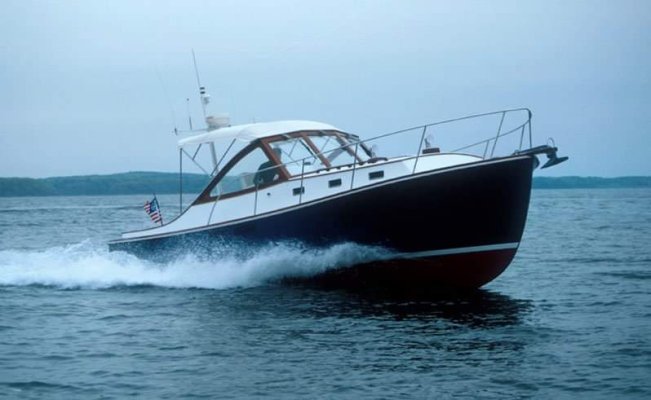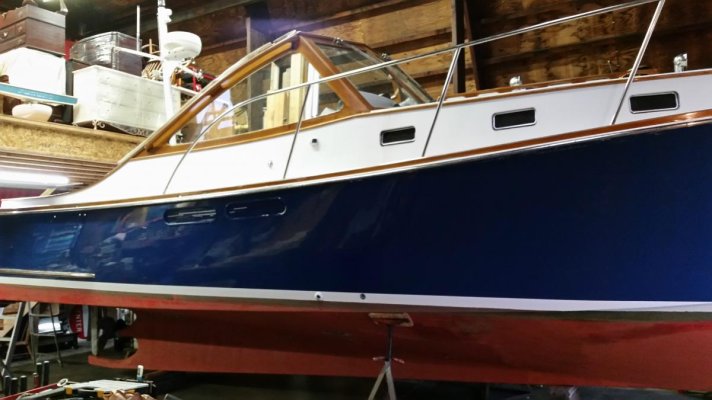Nick14
Guru
I searched and saw the previous thread on composite construction, and wanted to revive it. I would be grateful for anyone's thoughts on cold-molded construction.
I realize the answer is, 'it depends on the quality of construction', and would especially appreciate anyone's personal experiences. With the low supply of used boats on the market, I'm debating expanding into things I hadn't previously considered. Specifically, I'm deliberating whether or not to consider a 15-ish year old cold molded boat.
I had previously thought that if done by a quality builder, longevity and maintenance could be comparable to a conventional 'fiberglass' boat. But earlier this year, there was a cold-molded boat for sale near me from Mast & Mallet. While thinking about whether or not to see it, the listing showed 'sale pending' - and then was re-listed at about 1/3 of the original asking price, saying that water intrusion had been found in the bottom. Yikes. It's now re-listed after repairs being done.
Vicem is another cold-molded boat that seems to appear in classified listings.
Any and all thoughts and experiences would be appreciated.
Thank you!
I realize the answer is, 'it depends on the quality of construction', and would especially appreciate anyone's personal experiences. With the low supply of used boats on the market, I'm debating expanding into things I hadn't previously considered. Specifically, I'm deliberating whether or not to consider a 15-ish year old cold molded boat.
I had previously thought that if done by a quality builder, longevity and maintenance could be comparable to a conventional 'fiberglass' boat. But earlier this year, there was a cold-molded boat for sale near me from Mast & Mallet. While thinking about whether or not to see it, the listing showed 'sale pending' - and then was re-listed at about 1/3 of the original asking price, saying that water intrusion had been found in the bottom. Yikes. It's now re-listed after repairs being done.
Vicem is another cold-molded boat that seems to appear in classified listings.
Any and all thoughts and experiences would be appreciated.
Thank you!



